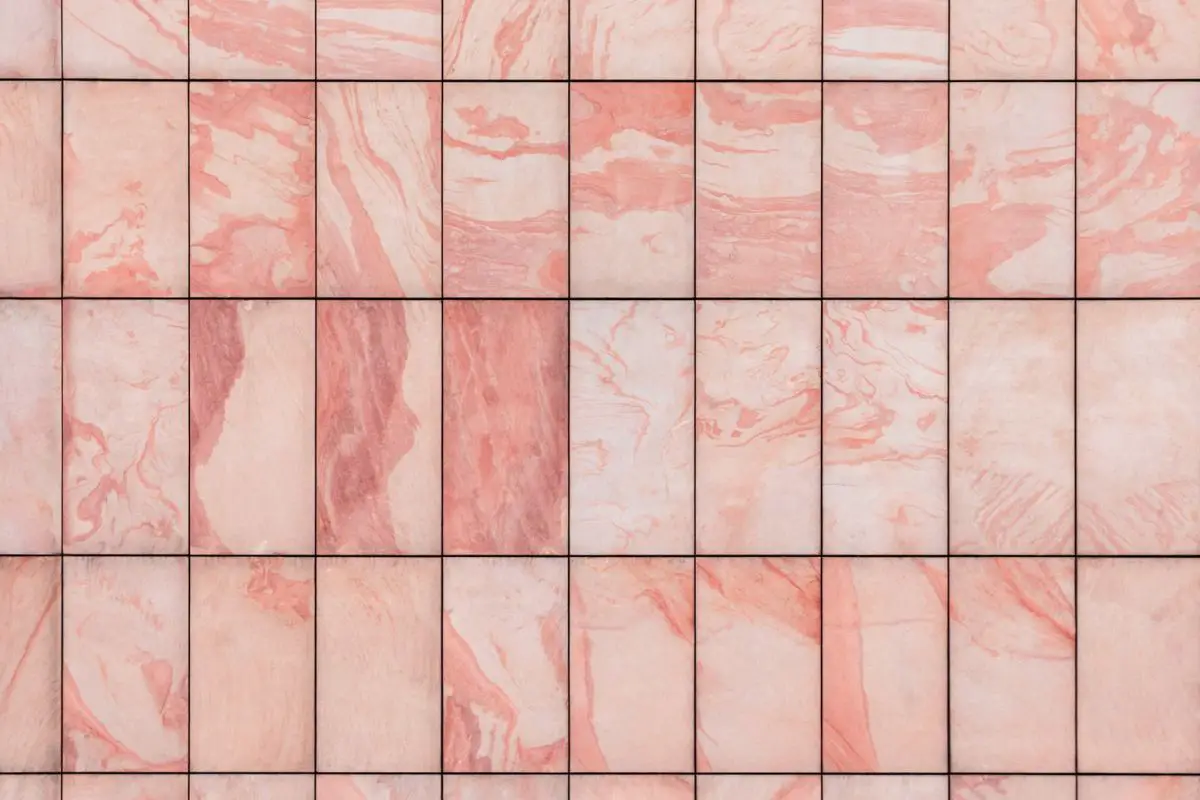Most people immediately think of hardwood flooring when approached about timeless flooring options. However, if you have covered your house in Saltillo tiles, you might wonder if the handcrafted Mexican tiles are still fashionable.
The popularity of Saltillo tile has returned. Both traditional and innovative interiors benefit from its timeless, handmade, and rustic appeal. It works well in both indoor and outdoor spaces thanks to its adaptability.
They come in various hues, forms, and sizes, allowing you to alter the interior design to suit your tastes! Although black and white are available, terra cotta, tan, and orange are the most popular colors.
With their ability to infuse a space with warmth and personality, Saltillo tiles have emerged as a popular choice for floors, walls, kitchens, and other areas. As a result of its outstanding durability and resistance to dirt and stains, it is ideal for places with high usage.
Saltillo tile might be a fantastic option for your outdoor patio or pool area.
What is Saltillo Tile?
Even though some individuals may refer to any reddish-orange tile flooring as Saltillo, only items from a specific region of Mexico can genuinely be called Saltillo.
Artisans manufacture Saltillo tiles using clay from a nearby riverbed. They make these tiles in the same manner as they have for decades.
Some of the tiles in your batch may include embedded puppy or bird prints. Many people view these tiles with peculiar markings as a lucky charm.
What Are the Benefits and Drawbacks of Using Saltillo Tile?
When determining whether to use Saltillo tile, keep the following things in mind:
Pros:
- Environmentally friendly: Saltillo is created using only water and pure Saltillo clay in contrast to other tiles. It is both natural and biodegradable.
- Eac: Because each tile box is handcrafted, they will have different textures and colors.
- It hides dirt: Occasionally, if you’re lucky, you’ll discover a tiny paw print left by a furry worker in the tile factory. Saltillo tile conceals dirt well due to its warm tone, old-world vibe, and rustic appeal.
- Affordable quality: Saltillo tile is more reasonably priced than many other more up-to-date tile selections.
Cons:
- Unevenness with pieces: There will be slight size fluctuation being a handmade tile. Saltillo flooring is more unpolished and ungainly than machine-made cement or marble tile.
- More difficult to install: Installation may call for someone with more experience installing Saltillo tiles because of the heavier tiles and the distinctive nature of each tile.
The best way to install Saltillo tile
With a few notable tweaks, Saltillo tile installation is comparable to installing any clay tile. Installers keep a slightly larger joint since each Saltillo tile has a different dimension due to being fired with an uncontrolled flame.
The manufacturer prefers laying these tiles with a 14-inch or 12-inch grout line, although you can install Saltillo with up to a 34-inch grout line.
How Should Saltillo Tile Be Cleaned and Maintained?
Regular care is relatively easy for Saltillo tile. You can mop them with a typical soap and water solution. The larger-than-normal grout joints will benefit from cleaning and being debris-free by a vacuum.
Check to determine if you still need to reseal your Saltillo if it has been a few years.
Final words
Whether glazed or authentic, Saltillo tile is now one of the most in-demand items. You can find them everywhere, in restaurants, shops, and restrooms.
Therefore, to answer “Is Saltillo tile outdated?” It is easy to determine that Saltillo tiles are still trendy and will stay there for a long time now!



